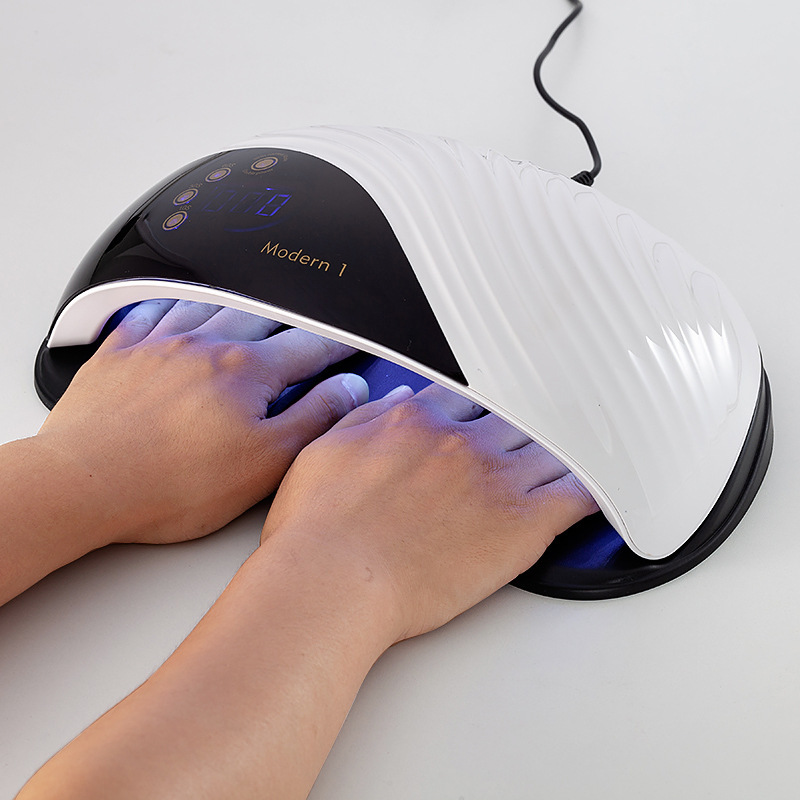In recent years, e-commerce has steadily risen to a prominent position in the global economy. Especially during the COVID-19 pandemic, online shopping became the preferred choice for most people, turning e-commerce from an optional channel into an almost unavoidable part of doing business. However, once you dive in, you quickly realize the challenges: heavy inventory pressure, complex logistics management, and soaring costs often leave you overwhelmed.
That’s when dropshipping becomes an extremely attractive option.
With dropshipping, you don’t need to build your own warehouse or handle packing and shipping yourself. You can focus your energy on marketing and sales, while inventory management and logistics are all handled by your suppliers. This model not only saves you upfront investment but also gives you the flexibility to test products and market responses more easily.
Depending on your resources and goals, dropshipping actually comes in several types — traditional dropshipping, collaborative dropshipping, and even reverse dropshipping. Each model fits different scenarios and operational styles, with their own pros and cons. There’s no absolute “best,” only what works best for you.
Next, we’ll break down these main dropshipping models one by one, revealing the logic, advantages, and potential pitfalls behind each. This will help you choose, plan, and implement your e-commerce strategy more wisely.
Traditional Dropshipping
If you’re new to e-commerce, the traditional single-item dropshipping model (which is the most common form of dropshipping) is undoubtedly the easiest way to get started. This model has been around for many years and countless e-commerce sellers have built their businesses on it. Its operation is very straightforward:
You find suppliers willing to offer dropshipping services and list their products in your store. When a customer places an order, you purchase the product from the supplier and provide them with the customer’s address. Then the supplier ships the goods directly to the customer — you never have to handle the products or rent a warehouse.
Advantages
The biggest benefit of this process is that you don’t need to stock any inventory or pack and ship orders yourself. For a small team or individual seller with a limited budget, this saves a huge amount of cost on warehousing and logistics management, and also gives you more freedom with your time.
Even better, you can list a large number of products without worrying about inventory buildup. Even if a product doesn’t sell, you won’t be stuck with unsold stock. For someone just starting out, this “low risk + high flexibility” combo is extremely friendly.
Also, the entry barrier for this model is almost zero. As long as you know how to run an online store and understand the basics of product selection, you can build your own branded shop, focus on marketing and user experience, and won’t be overwhelmed by the supply chain.
Disadvantages
Of course, traditional single-item dropshipping isn’t perfect. The biggest pitfall is slow logistics. Most suppliers are from China, so if you’re serving the European or American market, shipping alone can take two weeks or even longer. This delay directly affects customer satisfaction and can cause negative reviews and refund rates to skyrocket.
Another risk is product quality. Many suppliers don’t have stable quality control processes, so the products you send out might be very different from the pictures or descriptions. Once customers complain about “not as described,” it’s almost impossible to recover your reputation.
On top of that, these products are often listed by everyone, leading to fierce competition. What you’re selling, other sellers are selling too, pushing prices lower and squeezing profits. Without differentiated branding or services, it’s easy to get stuck in a “race to the bottom” on price.
Reverse Dropshipping
Reverse dropshipping is a relatively trendy but increasingly popular dropshipping model. You can think of it as a “mirror image” of traditional dropshipping — instead of sourcing products from overseas and selling them abroad, you hold inventory or logistics resources locally and sell products to sellers in other countries, who then sell on your behalf.
Sounds a bit disruptive, right? And it is. The biggest feature is that you become the “supplier” instead of the middleman. This means if you have resources, channels, or the ability to reach end customers in other markets, you gain much more control and initiative.
But be careful: if you don’t have a deep understanding of your target market, it’s best not to jump in right away. Cultural differences, consumer habits, policy barriers… these factors can all trip you up. Reverse dropshipping suits those willing to personally research and who have the resources to explore new markets.
However, if you’re the kind of person who loves exploring and trying new models, this is truly an opportunity with huge return potential. You can reap the benefits faster than most because while many are still hesitating, you’ve already started laying the groundwork.
To sum it up in one sentence: reverse dropshipping is for when you’re proactive, sharp, and willing to take some risks. Once you figure out the game, chances are you’ll be steadily profiting in a blue ocean market while others are still caught in the traditional rat race.
Collaborative Dropshipping
If you’re not satisfied with selling just a few products and want to quickly expand your product line without taking on inventory pressure, then collaborative dropshipping might be your ideal choice.
The core idea of this model is simple: you cooperate with other e-commerce sellers and list their products in your store. When customers place orders in your store, you pass the order information to your partners, who handle the shipping. Conversely, if you have products, they can sell yours too, creating a win-win situation.
There are many benefits to this approach. First, the opportunity for cross-selling increases significantly. When your customers realize you sell not only product A but also B, C, and D, repeat purchases and average order value naturally rise. You don’t carry inventory risk but still offer a rich variety of products — a classic example of “asset-light expansion.”
Secondly, delivery speed is much faster. If you partner with local sellers (say in the US), products can reach customers much quicker than traditional dropshipping, boosting customer experience instantly. Plus, many of these collaborative products already sell well online, so you can maintain better control over product quality and avoid pitfalls.
Taking it further, if you play your cards right, your products can be listed in other stores as well. This basically makes you a trusted “supplier” without building channels yourself. The key is to partner with stores whose brand image aligns with yours and won’t drag down your reputation.
Some platforms specialize in making this easy, like Dropsure. You can find well-operated Shopify stores there and add their products to your store. When an order comes in, the system handles everything automatically, saving you manual work. Dropsure even offers a bunch of collaboration management tools — product filtering, campaign settings, discount controls — so you just focus on selling.
Of course, collaborative dropshipping isn’t perfect. Since shipping and order control lie with partners, personalized packaging like gift cards or branded stickers becomes difficult. Profit margins tend to be lower than traditional dropshipping — after all, you’re sourcing within the US, so costs are naturally higher.
One more thing to watch out for: collaboration is built on mutual benefit. If you can’t bring real value to your partners, they might not stay for the long haul. If you haven’t established a solid network, your product range and customer retention could suffer anytime a partner pulls out.
Conclusion
One thing is certain: dropshipping is not going anywhere anytime soon. As the e-commerce market continues to evolve, this model will keep advancing, becoming more efficient and smarter. If you want to quickly expand your product line and increase revenue streams, seriously considering integrating some form of dropshipping into your business structure is definitely a choice worth making.
But don’t just dive in and start operating blindly. You need to ask yourself first: What is my ultimate goal? Is it to build a brand? Maximize profit? Or test new markets? Only by clarifying this can you choose the dropshipping model that fits you best.
Choose right, and you can leverage minimal investment for maximum returns; choose wrong, and you’ll waste time and effort, potentially harming your brand. So, analyze calmly, then act decisively — with dropshipping as a tool, you can take your business to a whole new level.


 9 min read
9 min read







